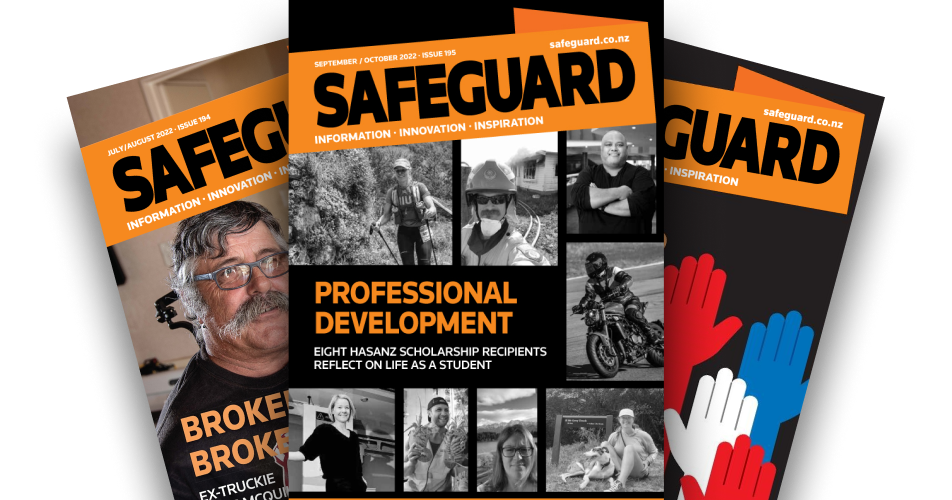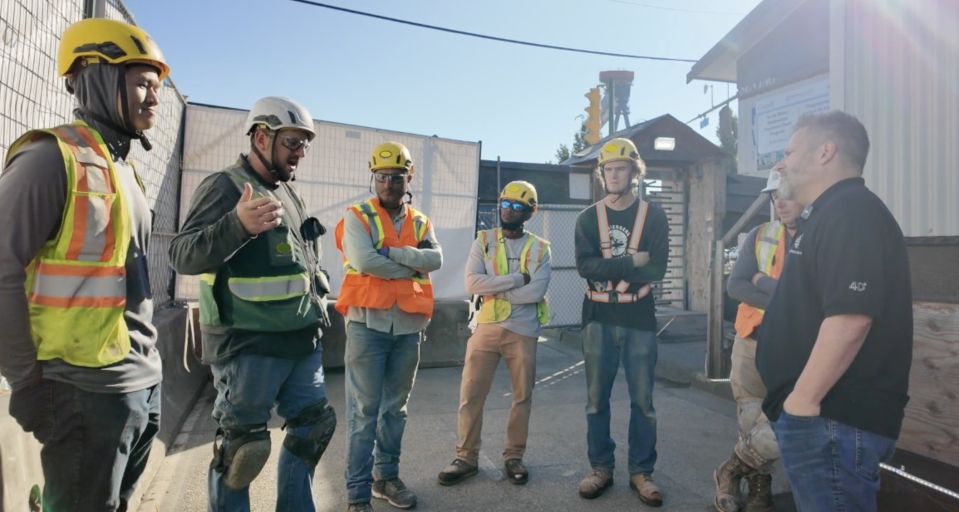We are all contractors at some stage in our business lives. It doesn’t matter whether you are a tier 1 contractor or tier 2, 3 or 4. We may lament contractors groaning about poor performance or safety, but we have all been there. We are all on the same journey and can learn from each other. Some will build others up and others will help to achieve goals that enable us all to be successful.
Working for a main contractor as a subcontractor has its benefits. You can develop your company systems off the back of their systems and your team can learn from the main contractor to upskill in safety, quality and skills proficiency. You can then take this knowledge back to your company and use it to win other work.
From a client point of view, in return for the contractor’s enthusiasm and commitment, they offer the opportunity to become a stronger contractor to earn future work.
Prequal: don’t skip it
Getting prequalified can be tiresome, but once it is done it makes getting future work seamless. The company I work for has a dual prequalification scheme, an internal one and an external provider, both requiring similar levels of engagement.
I have been through many prequalification schemes working for tier 2 and 3 contractors. I know it appears onerous, but once you are on the books, it gives other companies the confidence to work with you as well.
I once arrived on site to find a contractor watching his core drill spin down after it has thrown him off the drill and wound the extension lead up until it has pulled the power cord out of the generator, stopping the drill. This was a classic case of a last-minute engagement of the contractor when another had failed to appear. The job was urgent, and the prequalification/engagement process was not followed, so no induction had occurred.
Urgent engagement outside the process is a serious risk to both the contractor and the client, it can be detrimental and lead to a site incident and subsequent work for everyone.
Induction: sharing ideas
Once engaged and construction is about to start, the first step is an induction. It might not always be a popular process, but it is essential to make sure that the subcontractor is aware of what is required to work on the site. It also gives the client or principal contractor time to get to know the subcontractor and the team and shows how engaged and committed they are.
A good induction is a mutual sharing of ideas. The client outlines what is expected, and the contractor interacts with the client to discuss what works and potentially what may not. Engagement by the contractor’s team makes the induction much more of a learning experience on both sides. I attend as many inductions as I can because they give me a feel for the team coming in, and how involved I’ll need to be in their work.
After that come the site rituals and practices – the toolbox meetings, morning pre-starts, task planning meetings and risk assessments. As a subbie the best thing to do is become actively involved in all of these project elements, as well as sharing some of your own practices.
One of the most engaged teams I have seen was a piling crew, they were led well and had a great team culture. Everyone hates the warm-up for work at the start of the day, but this team turned up led the warm-up with music and a great attitude. They showed our lads up and left everyone with a smile on their face.
Be vocal and engaged
Don’t forget, the principal contractor/client wants to hear from you so they can right a wrong or celebrate the success with you and your team. Change will only come if the client or main contractor is aware of the need.
I strive to ensure that all the subcontractors I work with become part of the team, report often, and speak up. Put forward a safety rep for the site, that way you get an insight into what is going on. A client would much rather have a vocal and engaged contractor than one who is just there to collect a cheque.
I see it as my job to get involved with the teams who are struggling, to help lift their standards. Then when they leave our job, they will hopefully take our culture and the positives from us into the next role and change that job – and the wider industry – for the better.
Value vs cost
Engaging the cheapest contractor is not always the most efficient use of time and money. If you’ve ever hired tradies to work at your home, you’ll know the risks that come with going with the cheapest option – these risks are the same on our projects.
My approach is to consider value rather than the dollar figure. A good quality product delivered safely without re-work is more cost effective than having site incidents and re-works. I would urge you to consider this before engagement – look at the contractor’s past record, do your homework, prequalify and induct before the team get to site.
For me, the bottom line in working with contractors is making sure the relationship is a two-way street. It benefits the wider industry if we approach all working relationships with an open mind.
Be a good client, be a good contractor, and we can all make sure we’re constantly learning and growing thanks to our work together.
Mike Sarten is a health and safety manager with Fletcher Construction.




